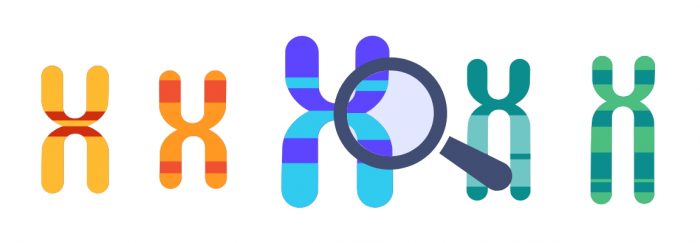Breast cancer is the most common carcinoma in the world, affecting more than 2 million people. It is a pathology almost exclusive to women, although about 1% of patients are men. Despite the fact that in recent years the incidence has increased notably and it is estimated that 1 in 8 women will suffer from it, breast cancer has one of the best prognoses, with a 5-year survival rate of 90%. This is mainly due to improvements in early detection programs and the use of effective therapies.
Behind every diagnosis there is not only a disease situation, but also a moment of economic and social vulnerability.

Early detection of breast cancer, fundamental
From 1980 to the present day, the mortality rate has been reduced by 40%, mainly due to early detection programs. The most widespread diagnostic technique is periodic mammography in asymptomatic women, in whom the presence of nodules can be detected in the early stages, where the cure rate is around 100%.
Most cases of breast carcinoma are detected after the age of 50, so periodic mammography is usually considered in women over the age of 40. However, almost 20% of the cases occur in young women in whom a correct breast self-examination can allow the early detection of cancerous nodules.
Breast cancer and risk factors
The most important risk factors are sex (being a woman) and age, and other factors that may increase the risk of breast cancer have also been identified, such as obesity, alcohol and tobacco consumption, reproductive history or the presence of a family history. However, most cases are sporadic with no directly related factor.
What role do genetics play in breast cancer?
We have done a good job, and the genetics of breast cancer are well known. Having a family history of breast or ovarian cancer can significantly increase the risk of developing the disease. In fact, between 5 and 10% of cases are considered hereditary and are mainly due to the presence of mutations in the BRCA1 and BRCA2 genes. In these cases, the presence of these genetic variants can follow an autosomal dominant pattern of inheritance, so it is common for several family members to be affected, even at younger ages.
In addition, although much less frequently, there are syndromes of genetic origin that increase the predisposition to breast cancer, such as Li-Fraumeni syndrome or Cowden syndrome.
Although the main advice to try to prevent the appearance of any type of cancer is to lead a healthy lifestyle and avoid the consumption of toxic substances such as alcohol and tobacco, knowing our genetics and identifying the presence of possible related variants can help to improve early detection and a better prognosis. Therefore, the use of genetic tests that include genetic screening tests for breast cancer, such as tellmeGen’s Advanced DNA kit, which includes the analysis of multiple mutations associated with breast cancer, can greatly help us to know our genetic risk of suffering from the disease and are a very effective tool for its prevention.



